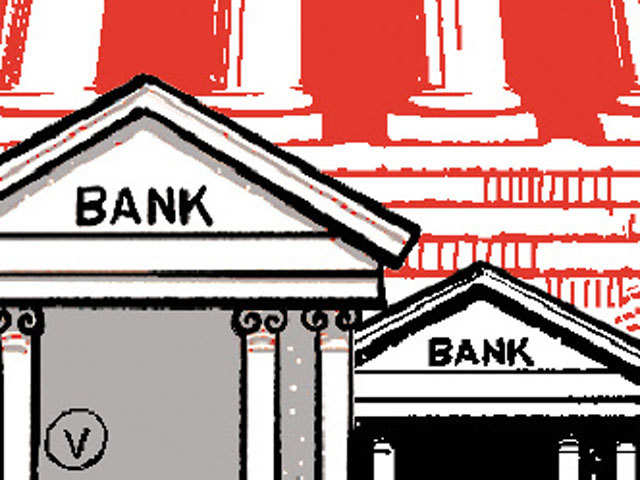View: Public sector bank network, a good idea
It is vital for India to swiftly enact the law on data protection, given the kind of data sharing that has been envisaged in the PSBN.
by Hema Ramakrishnan
The Economic Survey’s recommendation to create a Public Sector Banking Network (PSBN), that uses technology to screen and monitor borrowers comprehensively is welcome to prevent any build-up of bad loans in the future.
The idea is that PSBs can use a GSTN type of network to aggregate data, build big data and artificial intelligence-based models as well as tools for loan disbursement. This would help prevent defaults especially by large borrowers and bring down human errors in assessment.
The GSTN, the IT backbone for taxpayers to pay tax, file returns and claim refunds, is up and running for over three years now. It provides shared IT infrastructure and related services to the government and taxpayers. Deploying big data to pursue audit trails that GST generates makes it easier to track evaders. Similarly, an entity like the PSBN is expected to help lenders do better underwriting of loans to their corporate clients. Bankers may not be so wary then to sign off loan cheques, after a lot of data crunching.
The Survey suggests that the government, as the owner of all the PSBs, must set up this entity that will aggregate data from all PSBs to enable decision making through the use of big data techniques. The government will have the right to use the data that these banks generate during their business.
The patterns in default that such powerful techniques can throw up are far beyond the capacity of any unscrupulous promoter to escape. Therefore, such investments are critical to ensuring better screening and monitoring of borrowers, especially the large ones, says the survey.
The argument that a large proportion of NPAs of Indian banks, especially PSBs, could have been prevented had data and analytics been employed in corporate lending is not flawed. Apparently, an analysis of the annual reports of the large defaulters suggests that the quality of audit disclosure in these firms was very poor. Of 12 large defaulters, one of them had just one indicator disclosed with most others having three to four indicators disclosed of the eight leading indicators. “This is an easily detectable characteristic that a robust credit analytics platform could easily flag”, says the Survey.
In the architecture that has been proposed, the engine will collect data for many sources, and consent will have been sought from customers to access their banking data through account aggregators. So, it is vital for India to swiftly enact the law on data protection, given the kind of data sharing that has been envisaged in the PSBN.
Has there been a precursor to PSBN? A couple of years ago, PSBs led by SBI and others, had come together to set up an Information Utility (NSEL) under the bankruptcy code to aggregate data. IUs were meant to authenticate and store sensitive information on debts and defaults. The purpose was to reduce delays in establishing the default and speeding up the resolution process. So, these utilities were supposed to connect information systems of stakeholders through IT infrastructure, aggregate and curate relevant data in a traceable way.
However, there is no clarity on how far the institution has progressed to develop capacity of the kind envisaged in the Economic Survey for PSBN. In any case, given that the NSEL had been viewed more as a data aggregator than as one that will build artificial intelligence and machine learning (AI-ML) based models and provide tools and services based on the aggregated data, the PSBN should be seen as a green field venture to be set up, with due priority, regulatory support and consent of all stakeholders. It should attract top class talent and leadership.